The vampires of Bangla literature
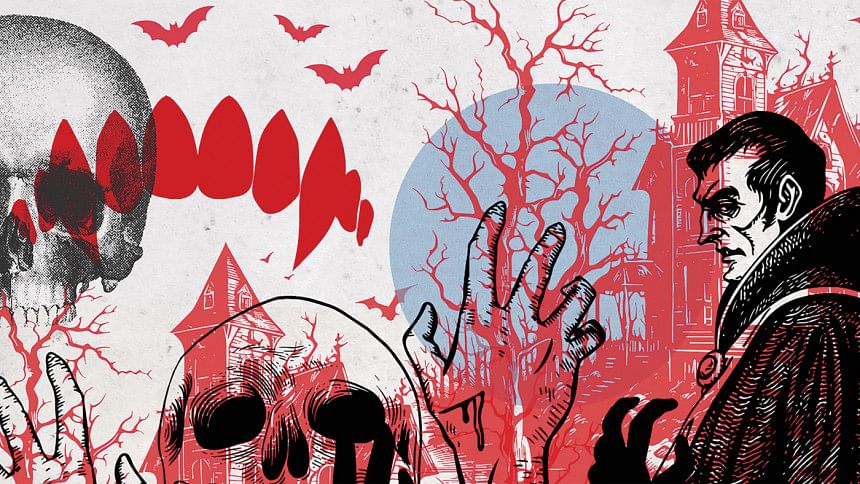
Pale, aristocratic, seductive forces lurking in the dark—when we think of vampires, we often perceive them through a western lens, as works like Dracula (1897), Interview with a Vampire (1976), or even the sparkling creatures from the infamous Twilight series (2005) primarily influence the way we think of vampires. While Bangla literature offers a treasure trove of monsters and spirits of the dark, seldom do vampires make their appearance.
When I was a child, I would often urge my grandmother or ma to read fairytales to me, or even horror stories from Bangla folklore, when I wanted to be lulled or scared to sleep. Then, as a teen obsessed with (sparkling) vampires, I had always been fascinated with vampiric lore like many, but there was a lack of these undead entities in our folktales and literature, as far as I knew. Although Thakurmar Jhuli (1907), the collection of Bangla folklore collected by Dakshinaranjan Mitra Majumder, offered a glimpse into the many unique ghosts of Bangali culture, vampires were notably missing there too.
Certain beings in our folklore, however, share similar qualities with them. For example, Betal, a demonic spirit from Betal Panchabingsati (1858) by Ishwar Chandra Vidyasagar, and the pishach, which is a shape-shifting creature haunting cemeteries and feeding on carcasses, mirror vampiric attributes in certain ways.
Still, known examples of vampires in classic Bangla literature are scarce, although several translated versions of Stoker's Dracula abound. In fact, oftentimes the character of Dracula is perceived to be synonymous with vampires in Bangla books. Many adaptations and translations of Dracula in Bangla are widely available, notably by Kazi Sarowar Hossain and Anish Das Apu, written in the early 2000s. However, this leaves a number of 20th century Bangla classics featuring original vampires rarely discussed.
Hemendrakumar Kumar Roy is rather well known for introducing vampires to Bangla literature through his short stories, "Mrs Kumudini Choudhury" and "Bishalgarer Duhshasan" (1949). In "Mrs Kumudini Choudhury", the narrator, who happens to be an aspiring author, visits a new place in the hopes of writing a novel and meets his neighbours Amulya babu, a retired professor (who has an odd fascination with the occult); Mrs Kumudini Choudhury, an older widowed woman; and Gobinda Babu, a doctor recruited by the railways. During a discussion between Professor Amulya Babu and the narrator regarding the occult, Mrs Choudhury joins them, her eyes flashing peculiarly.
As the story progresses, a series of deaths linked to severe anaemia grips the village. The last, gravely ill patient is none other than the gardener's son, Gadadhar, who appears deathly pale—his energy drained—and his caretaker is found to be none other than the seemingly kind and motherly Mrs Kumudini Choudhury. One night, after a series of supernatural occurrences to protect Gadadhar, the narrator and Amulya Babu uncover an unsettling truth: Mrs Choudhury had died, 15 days after her husband's death in another town, years ago. And though I won't spoil the ending, this story featuring the titular character as the undead prying on unsuspecting villagers is definitely worth a read.
Another work by Hemendra Kumar Roy, "Bishalgarer Duhshasan" (1949), features Rajput Rudrapratap Singha as a counterpart to Stoker's Dracula, while Indianising other characters such as Johnathan Harker to Benoy, who happens to be an apprentice attorney, and Van Helsing to Abinash Babu. The story closely mirrors Bram Stoker's Dracula, with the writer taking a few liberties with character traits and locations here and there. Roy also uses Rudrapratap's Rajput lineage and position as a Raja to address the shared interests of the ruling Indian class and British oppressors. Much like Dracula in Stoker's novel, who represents an invasive threat, Rudrapratap arrives to prey upon Calcutta, once the capital of British India which lost its status to Delhi, in the same year the story was set, in 1911. The novel's protagonists, Benoy, an apprentice attorney, and Abinash Babu, an amateur spiritualist, must fight against Rudrapratap as he preys on Benoy. Rudrapratap shapeshifts into a bat to sit on a jackfruit tree outside Benoy's house every Saturday at dusk, and sets eyes on his prey, just like Dracula who preys on Harker, thereby adapting the setting to fit our context. This story therefore depicts colonial dynamics while portraying the imperialistic vampire as an outsider who exploits regional resources.
Another take on Dracula, "The Disembodied Spirit" (Mandal Book House, 1967) by Sunil Kumar Gangopadhyay was published 18 years after "Bishalgarer Duhshasan". Set in Assam in the 1960s, Gangopadhyay interchanges the infamous Transylvania with the remote regions of Assam, where Bishangarh is ruled by Kritanta Barma, the counterpart of Count Dracula. This adaptation too takes some liberties; for instance, Ashoke is married with a child, which adds a traditional South Asian layer to his character, thus distinguishing him from his Western counterpart, Harker, in Stoker's original. As Ashoke grapples with advances from Krinata and his subordinates, his family, particularly his young son, Aloke, becomes vulnerable to the vampire's influence. In order to save Aloke and stop the spread of vampirism, Ashoke joins forces with a group of men, including Tarun (the Arthur Holmwood counterpart), Arup Kar (John Seward), Sanatan Mitra (Quincey Morris), and Shankar Chakrabarti (Van Helsing). Together, they must embark on a mission to defeat Kritanta Barma and prevent the vampire from taking over the village.
Today, modern authors are using the vampire trope and creating new stories in light of Bangladeshi culture. Authors such as Anish Das Apu and Kazi Sarowar Hossain actively wrote various compilations and original stories featuring vampires or pishach in the early 2000s. Published by Sheba Proakshoni, some notable collections which include Bangladeshi vampires and feature deshi characters include Horror o Pishach Kahini (2006), Pishach Kahini: Pishacher Pallay Norshinghopurer Pishach (2005), and Pishach Kahini Volume: Dhushor Atonko (2006), edited by Anish Das Apu.
Although several authors of classic Bangla literature have at one point or another written vampire-centric books, many have been lost to time. I continue to ponder the fates of Bangla vampire tales lost to the dark, doomed to obscurity and shadows forever.
Sabrina Sazzad often spirals into a loophole of research unrelated to her actual studies. You can info-dump at her email, [email protected].

 For all latest news, follow The Daily Star's Google News channel.
For all latest news, follow The Daily Star's Google News channel. 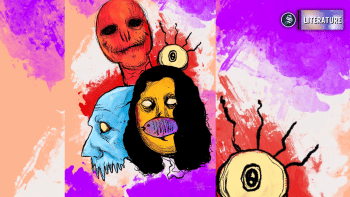



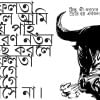

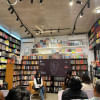

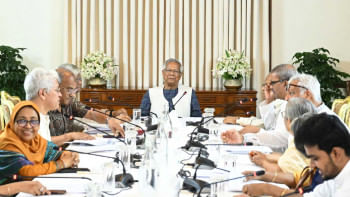
Comments